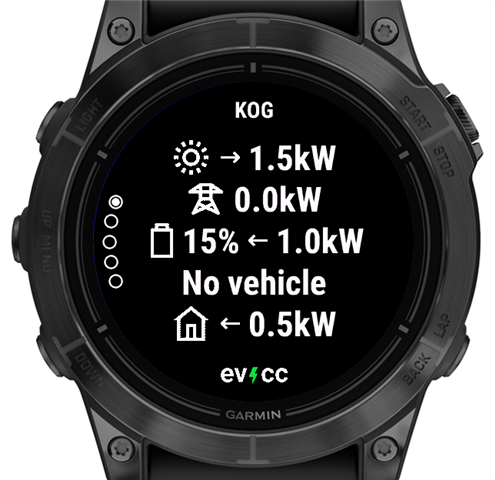Hi,
I'd have a widget app with multiple views and would like to implement a page indicator, similar to the one Garmin has for their widgets. However there is one aspect that I cannot replicate. Garmin widgets use SLIDE_UP or SLIDE_DOWN for the transition, however, their page indicator is not transitioning but staying visible in the same place during the transition.
Is there a way to implement something like this with the Connect IQ SDK?
I put my page indicator on a separate layer, and tried to use the same layer object for all views, but that did not help, the indicator is always transitioning with the view.
Here is how my indicator looks like:

Regards, Robert
